- Books Name
- Education Vision French Book
- Publication
- PathSet Publications
- Course
- CBSE Class 6
- Subject
- French
USAGE OF ACCENTS
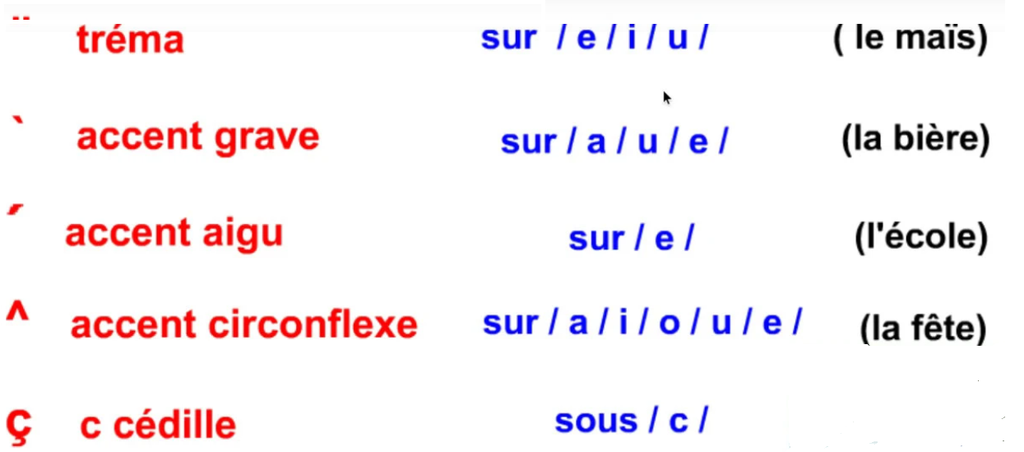
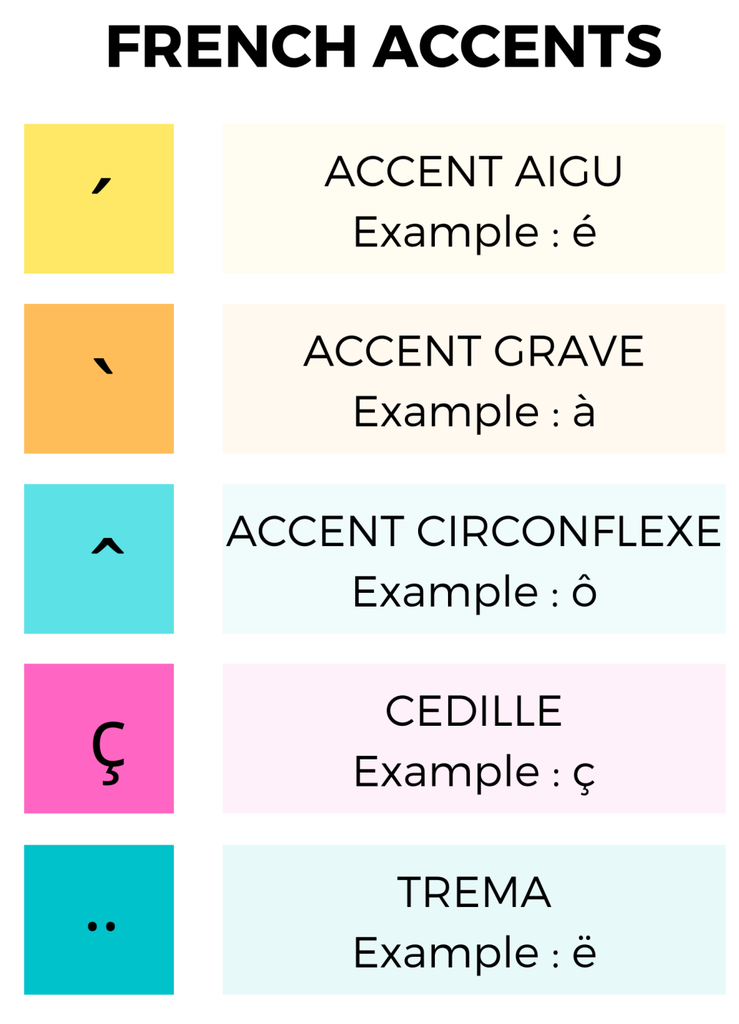
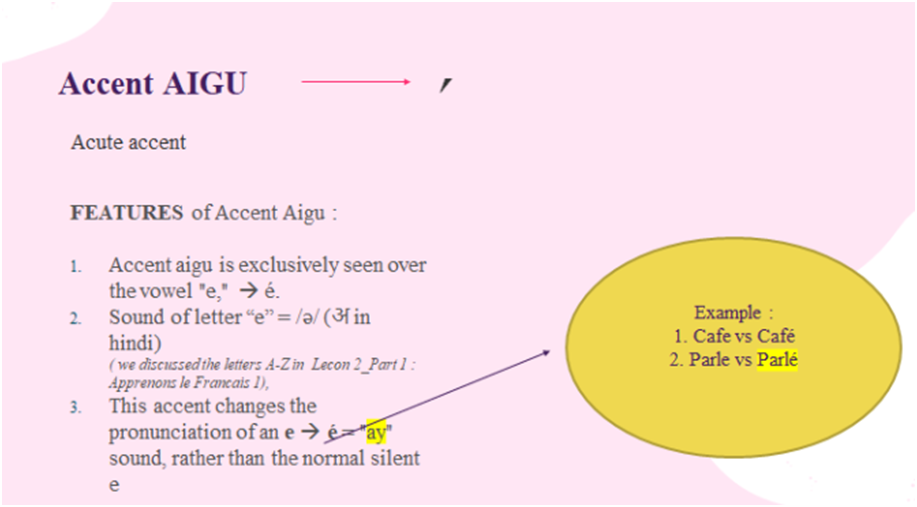
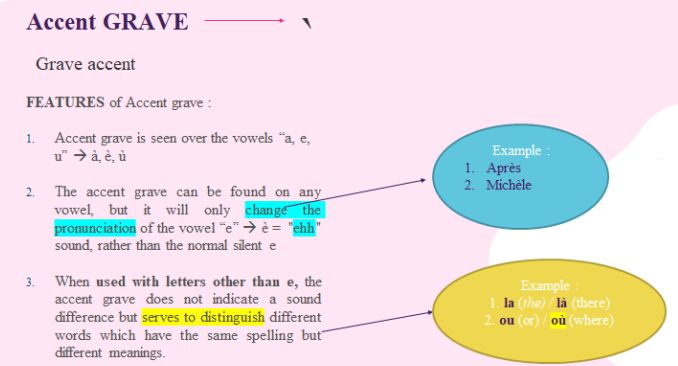
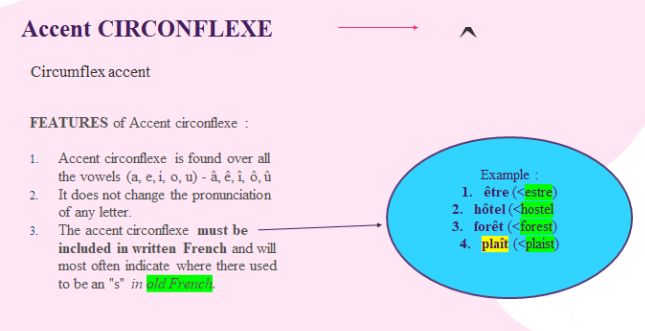
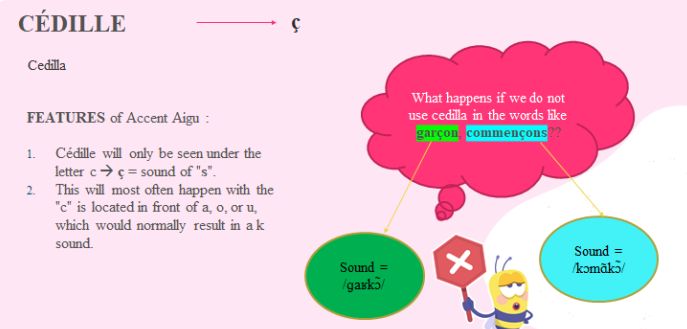
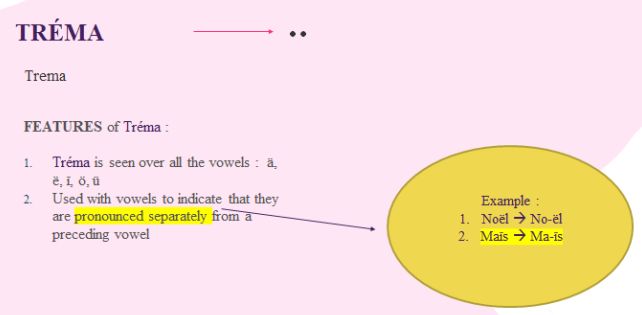
The accents are symbols placed above and below some letters in French which change the pronunciation of letters.
Types of French accent: We have 5 types of French accents as follows:
1. Accent aigu (é) [Ex. école, éléphant]
2. 2. Accent grave (à, è, ù) [Ex. règle, voilà, où]
3. 3. Accent circonflexe (â, ê, î, ô, û) [Ex. âge, tête, hôtel, flûte, île]
4. 4. Cédille (ç) [Ex. garçon, français]
5. 5. Tréma (ë , ï ) [Ex. Noël, maïs]
The 5 French accents;
- 1 for a consonant
- 4 for vowels
1. The cédille (cedilla) Ç
The cédille is only used on the letter C. It changes a hard "c" sound (like "k") into a soft "c" sound (like "s"). Ç is never used before the vowels e or i, as these 2 vowels always produce a soft "s" sound (glace, ici).
e.g. Le garçon, Le leçon
2. The accent aigu (acute accent) é
The accent aigu is only used on the letter e.
e.g. Le canapé, Le café,
3. The accent circonflexe (circumflex) â, ê, î, ô, û
This accent can be put on all the five vowels (a, e, i, o, u).
e.g. Le château, une fête, Le dîner, L'hôtel
4. The accent grave (grave accent) à, è, ù
With a and u, the accent grave is used to differentiate some words; - à "to" versus a "has"
- où "where" versus ou "or"
e.g. La mère, La père, Le frère
5. The accent tréma (dieresis/umlaut) ë, ï, ü
The accent tréma indicates that the vowel is to be pronounced separately from the one immediately before it.
e.g. Noël, L'aïeul
LES NOMBRES
Numbers are a very important part of any language and are required in every possible situation, whether to ask the price of something, the time, how many hours late your plane is, or telling someone how old you are. For that we are going to learn 1-20 numbers in French.
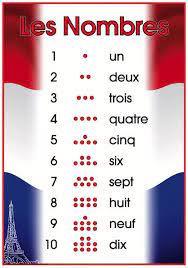
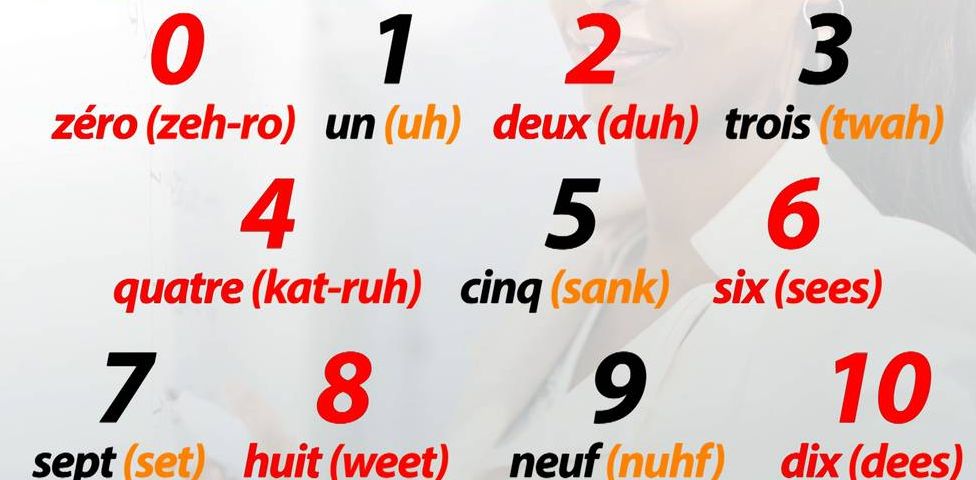
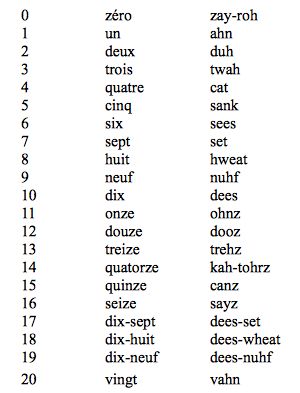
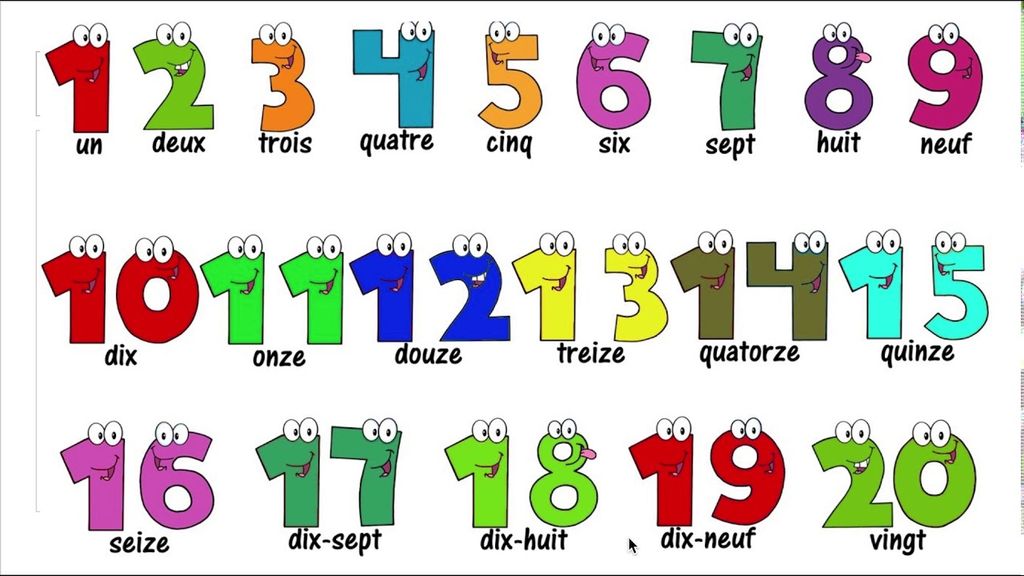

 PathSet Publications
PathSet Publications
